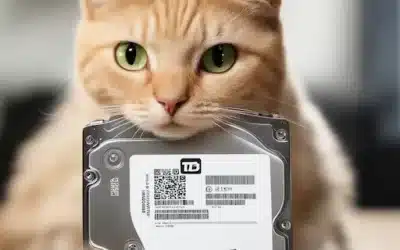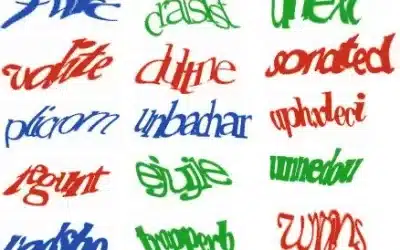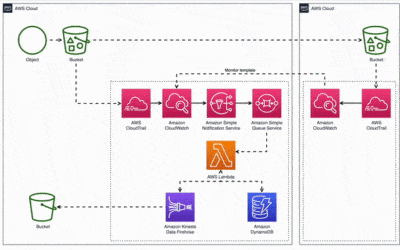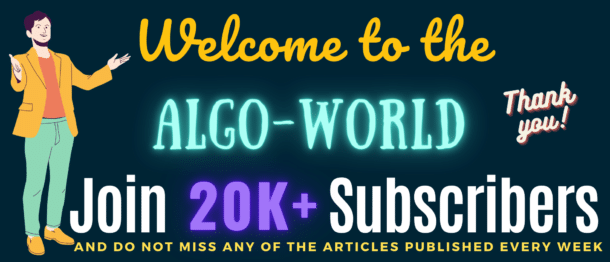ChatGPT is like a skilled actor who can deliver lines from a script with conviction. Gemini, on the other hand, is like a skilled director who can stage a complex play.
As these models continue to evolve, we can anticipate even more innovative and transformative applications that blur the lines between human-computer interaction and the creation of new forms of media and experiences.

Divergence in Approach
The primary distinction between ChatGPT and Gemini lies in their inherent approaches to information processing. ChatGPT, functioning as a text-centric model, primarily concentrates on textual inputs and outputs. It excels in generating coherent and engaging conversations, translating languages, and crafting various forms of creative content.
Whereas, Gemini adopts a multimodal approach, adept at handling and processing information from diverse sources, including text, images, audio, and video. This innate capability to integrate multiple modalities affords Gemini a broader spectrum of applications, such as generating descriptive captions for images, producing lifelike videos, and even composing music.
Architectural Foundations and Learning Mechanisms
ChatGPT relies on the GPT-4V architecture, a robust large language model employing stacked autoregressive transformer layers to capture intricate linguistic patterns. Its learning process involves training on an extensive dataset of text and code, empowering it to generate grammatically correct, semantically meaningful, and often imaginative text.
In contrast, Gemini employs a deep learning architecture specifically tailored for multimodal processing. It incorporates attention mechanisms that enable the model to focus on relevant information across different modalities, facilitating the integration and comprehension of complex relationships between text, images, audio, and video.

Applications and Future Potential
ChatGPT’s text-centric nature positions it well for tasks primarily involving natural language interactions, excelling in applications like chatbots, question answering, and creative writing. However, its limitations in handling multimodal inputs confine its scope to text-based domains.
Gemini’s multimodal capabilities open up a broader range of applications, including:
- Visualizing text descriptions: Gemini can generate realistic images based on textual descriptions, enabling the creation of creative content and visual storytelling.
- Understanding and responding to multimedia content: Gemini can analyze and interpret videos, audio, and images, enhancing its ability to engage in more comprehensive interactions with users.
- Creating synthetic media: Gemini can generate new audio, video, and images, with potential applications in entertainment, education, and advertising.
An analogy to illustrate their future development
Imagine a calculator specifically designed for doing calculations, and a smartphone calculator app that serves the same purpose. Now, imagine a scenario in the future where someone attempts to enhance the calculator’s capabilities by incorporating a “calling” feature. Most likely this seems challenging and might not function optimally, given that the calculator was not originally designed for such a feature.
In a parallel thought, ChatGPT may encounter difficulties in expanding its model to handle multidimensional inputs, a task that Gemini seamlessly accomplishes. In this scenario, Gemini holds a distinct advantage over ChatGPT.




0 Comments